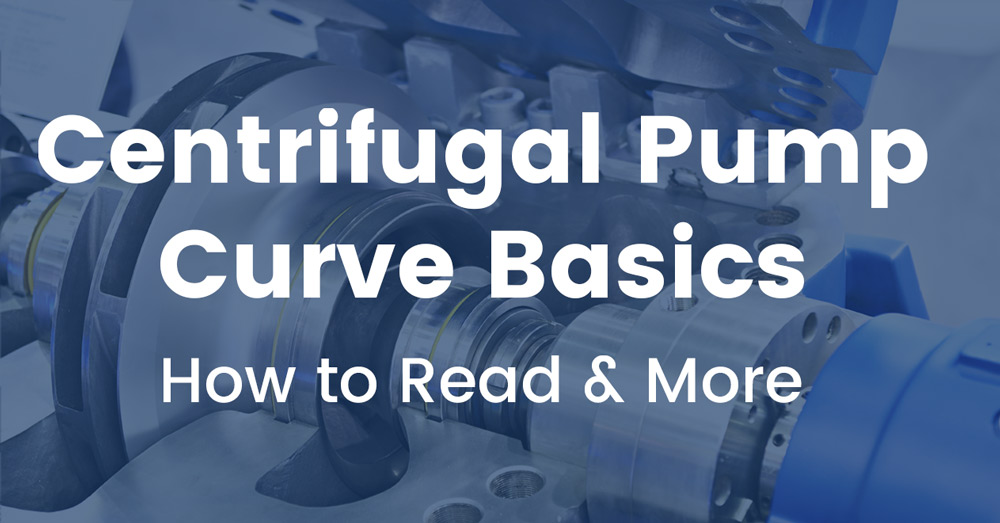What is the Difference Between Filters and Strainers?
Many people who work around industrial pumps understand that pump strainers and filters are used in different applications, but only some understand the difference between the two. Those who know nothing about a pump, strainers, and filters might as well be the same, as they perform similar tasks. Yet it’s helpful to understand the differences between the two and the similar yet distinctive applications for which both are used.




.png)
.png)
.png)
.png)

